The Gift of South Dakota
Subscriptions to South Dakota Magazine make great gifts!
Subscribe today — 1 year (6 issues) is just $29!
Pheasants: We Salute Them and Shoot Them
Feb 29, 2012
I was putting my extensive knowledge of South Dakota to good use a couple weeks ago. My wife was crafting a quiz for her eighth-graders, and for extra credit she wanted to test their knowledge of our state symbols. She asked me what they were, rapid fire style: State Animal? Coyote. State Fish? Walleye. State Insect? Honeybee. State bird? Ring-necked pheasant.
Then there was a pause.
“Are we the only state that hunts its state bird?” she asked.
I had to think a minute before I turned to Google, the giver of all knowledge, to answer definitively. The answer is yes, South Dakota is the only state to hunt and eat its state bird. We’re also one of three states whose state bird is not native to the United States.
It made me wonder how Chinese ring-necked pheasants made it across the Pacific Ocean. I discovered that the first batch of 60 pheasants arrived in Port Townsend, Oregon on March 13, 1881. United States consul general Owen Nickerson Denny shipped the birds and a variety of other Chinese plants from Shanghai, hoping to establish them in their home state of Oregon. Most of them died on their way to Portland, but a few survivors were released on the lower Columbia River. No one knows for sure if any of these birds survived, but we do know that Denny imported more pheasants in 1882 and 1884. Those did survive, and pheasants began a new life in America.
Breeders tried introduction efforts in South Dakota as early as 1891, but none took root. The first successful release happened in 1908, when a group of farmers near Redfield bought three pairs of birds from an Oregon farm. They turned them loose in Hagmann’s Grove just north of town, and the birds made themselves at home. State officials were pleased with the success, so the game department purchased 48 more birds in 1911 and released them near Redfield. From 1914 to 1917, 7,000 pheasants were released in the thick brush of the James River valley in Spink County.
Soon South Dakota boasted enough birds to hold a one-day pheasant-hunting season held October 30, 1919. Fewer than 200 birds were bagged on that cold, rainy day, but a tradition had been born. The pheasant became so important to our culture and economy that the legislature deemed it our state bird in February 1943.
South Dakota remains the nation’s pheasant capital. In 2005 more than 10 million birds lived here. Read our current issue to find out how we know that. So this fall, when you head out for “the opener,” tip your cap to our state bird before you fill him with pellets.


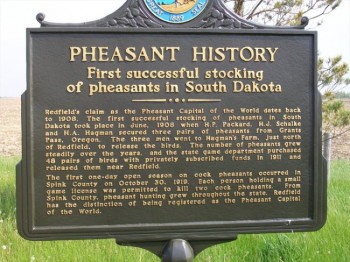
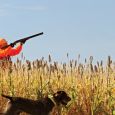
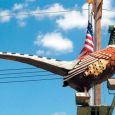

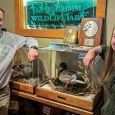

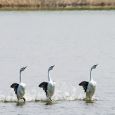


Comments